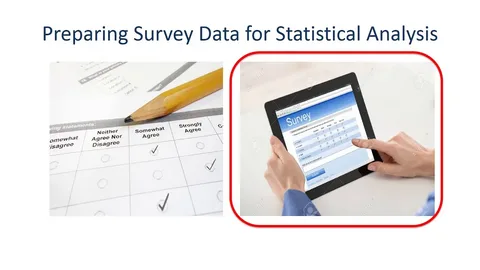Introduction
R has become one of the most trusted tools in modern research and business analytics. Its strength lies not just in running statistics but in handling complex datasets with precision. For those working with survey data, R offers a powerful way to move beyond simple charts into deeper insights.
Why R is Ideal for Survey Research
Survey data often contains multiple variables—demographics, responses, and open-text comments. Analyzing such data in Excel or basic tools can be limiting. R makes it possible to run advanced statistical models and generate meaningful visualizations that highlight trends and relationships.
For learners struggling to get started, survey data analysis services can provide expert support in cleaning data, running models, and interpreting results.
Applications of R in Survey Projects
- Data Cleaning: Removing duplicates, missing values, and coding categorical responses.
- Descriptive Statistics: Summarizing responses with averages, frequencies, and proportions.
- Regression Analysis: Identifying relationships between survey items and outcomes.
- Visualization: Using ggplot2 to create engaging graphs for reports.
Students and professionals often turn to R assignment help when tackling tasks such as running ANOVA tests or interpreting logistic regression results.
Practical Example
Imagine a university conducting a satisfaction survey across multiple faculties. Using R, analysts can quickly identify which departments have the highest engagement levels and what factors predict student satisfaction.
Conclusion
R transforms raw survey responses into actionable knowledge. Whether for academia, healthcare, or business, mastering R—or working with experts who do—ensures your data tells the full story.

